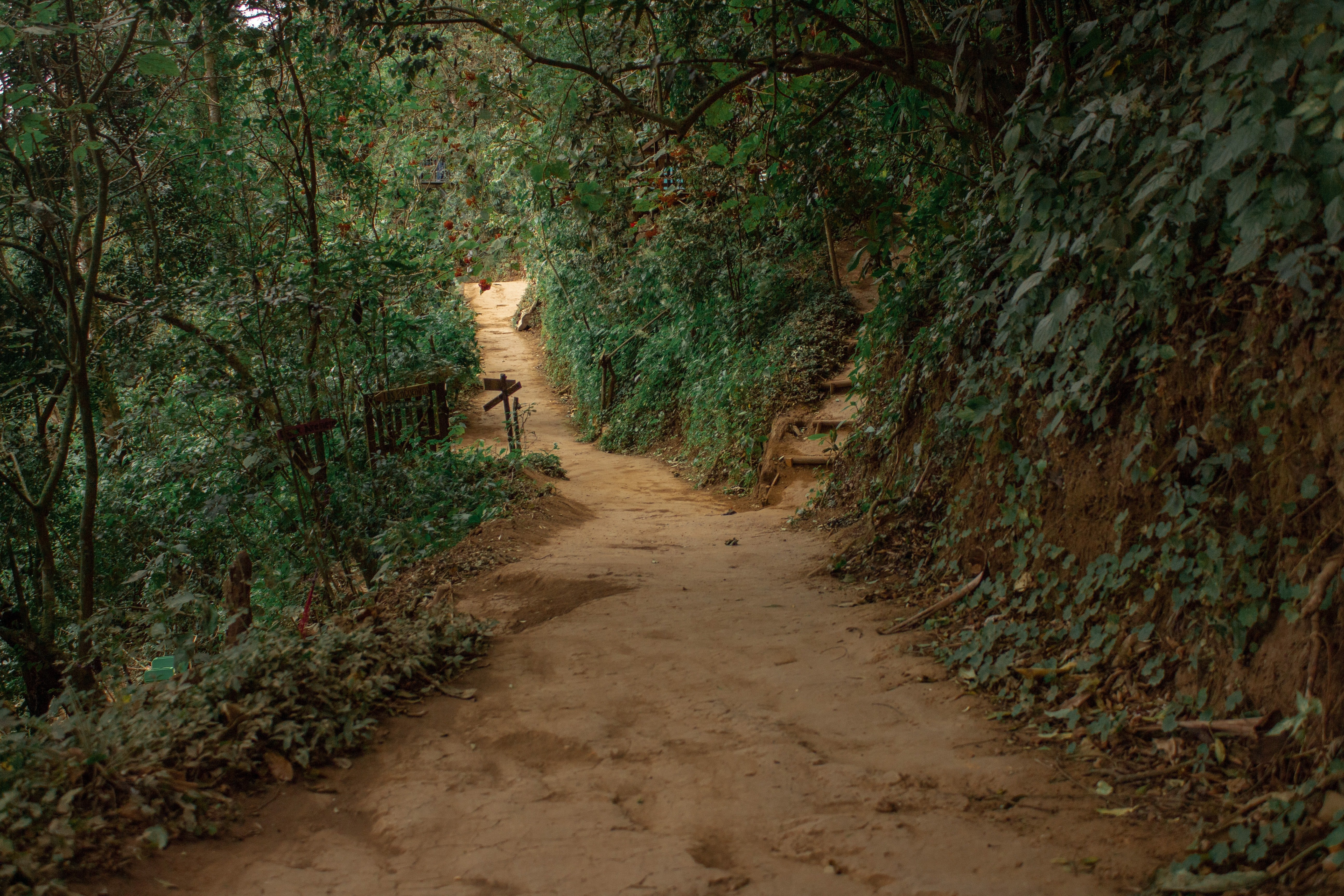
The Metropolitan Ecological Belt of Guatemala ('CEM') is a multi-layered project to establish a system of natural areas under different protection and management schemes in Guatemala City. Set up in 1995 and administered by the Fundación para el Ecodesarrollo y la Conservación (FUNDAECO, a private foundation) in agreement with the City of Guatemala, the CEM seeks to guarantee a sustainable production of environmental services, increase the quality of life of its local inhabitants and become a central feature of the city's identity and urban landscape. The Municipal Ecological Belt is not an isolated plan, but part of Guatemala City's Land Use Plan under the Metropolitan Development Directorate of the Municipality of Guatemala. A large share of the municipality of Guatemala's physical area is part of the CEM (41%). Amongst the project's actions is the recovery of forested ravines that constitute large parts of the municipal area. In addition, the project shows how non-governmental actors such as foundations can successfully set-up restoration projects that are integrated within a city's wider policy framework and linked with municipal planning. In many areas of the project, FUNDAECO collaborates with private land owners to implement its nature conservation measures. The protection of the ravines through Municipal Ordinances and the establishment of Natural Reserves has been contributing to increasing the quality of life in Guatemala City, providing opportunities for recreation and direct contact with nature; social, cultural and educational programs. So far, more than 400,000 citizens could be reached through guided ecological tours and campaigns. In addition, the project helped to create jobs and business opportunities for small family businesses in peri-urban neighborhoods; enhanced productive social reintegration opportunities for at-risk youth and increased public safety for structurally-disadvantaged neighborhoods. Through the promotion of municipal land management plans, protected area master plans, and the creation, restoration and protection of nine ecological parks and nature reserves, the project has directly contributed to the conservation of around 16,500 ha of forested ravines in the metropolitan region, together forming a green network of protected spaces.
